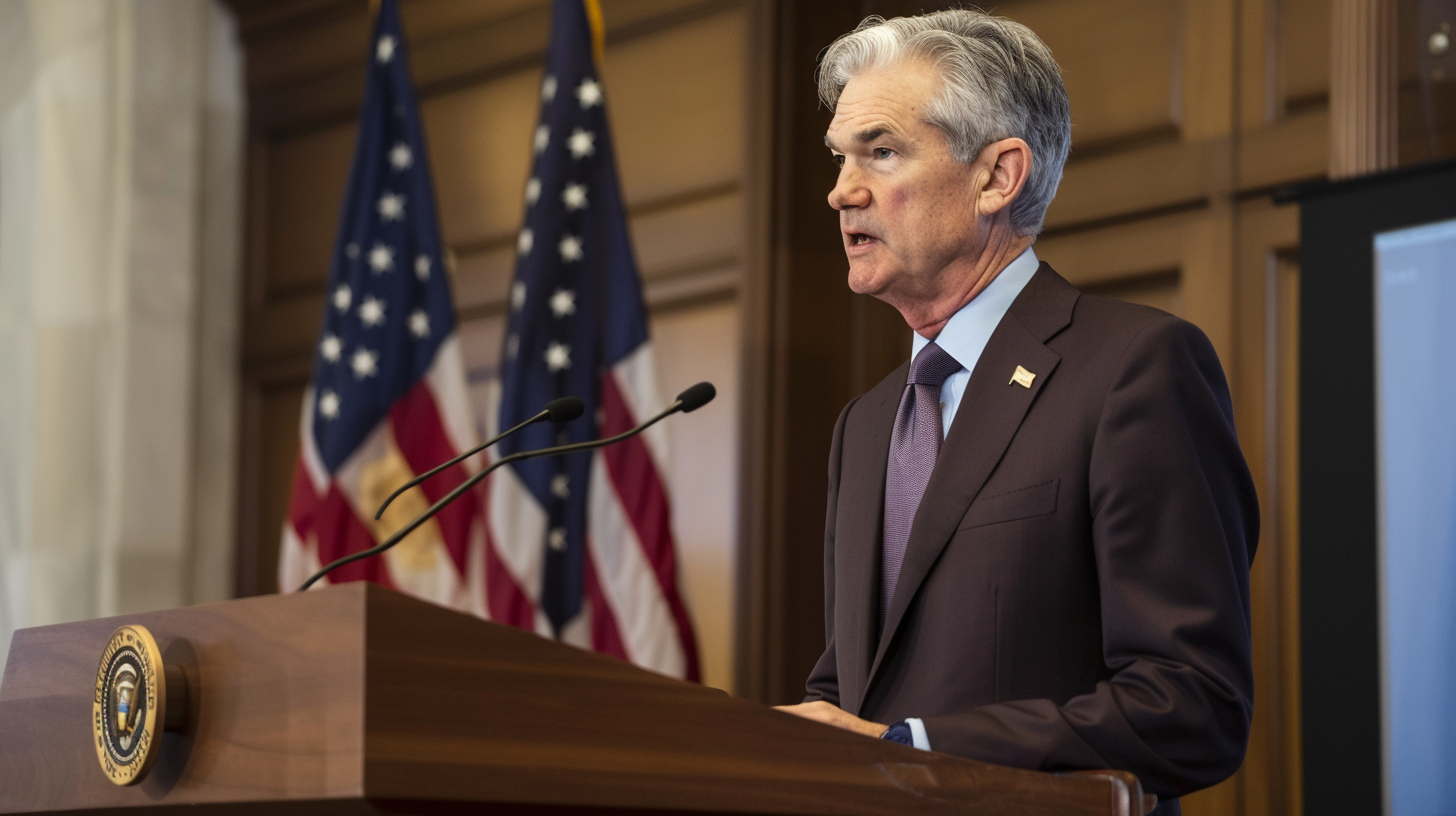US consumer sentiment weakened again in November, underscoring the growing strain households feel from higher prices, softer income growth, and persistent anxiety about job security. Despite a modest improvement after the government shutdown ended, consumers remain broadly pessimistic and increasingly concerned about their financial future.
According to the University of Michigan’s final November reading, overall sentiment ticked up slightly to 51 after briefly plunging earlier in the month. But even with the rebound, confidence remains well below October’s level and sits nearly 30% lower than a year ago. For many Americans, the temporary resolution of the government funding crisis brought some short-term relief, but not enough to offset the everyday pressure of rising costs and weaker purchasing power.
One major factor weighing on households is continued inflation. While expectations for year-ahead inflation edged down to 4.5%, most consumers say they still feel the squeeze from higher prices for essentials like food, rent, utilities, and healthcare. The anticipated jump in health insurance premiums heading into 2026 has added another layer of financial worry, especially for families already stretched thin.
Incomes are another pain point. Many workers report that their earnings aren’t keeping up with rising costs, leading to a decline of about 15% in consumers’ assessments of their current financial situation. Even individuals who felt secure earlier in the fall have grown more cautious as the economic outlook becomes increasingly uncertain.
Labor-market concerns are also accelerating. The unemployment rate is higher than a year ago, and layoffs across several industries have heightened anxiety. Nearly seven out of ten consumers now expect unemployment to rise over the next year — more than double the share from this time in 2024. Many also feel more vulnerable personally, with the perceived likelihood of job loss rising to its highest point since 2020.
The mood among younger adults is even more troubling. For Americans aged 18 to 34, expectations around job loss over the next five years have climbed to their highest level in more than a decade. Younger workers, many of whom are early in their careers or managing student loan burdens, are increasingly uneasy about their career stability and long-term financial prospects.
Even wealthier households are not immune. Consumers with large stock holdings initially saw sentiment improve earlier in November, but market declines wiped out those gains. Volatile markets combined with the broader economic uncertainty have contributed to renewed caution among investors and higher-income earners.
Overall, the November data paints a picture of an economy where the shutdown may have ended, but its psychological impact lingers. With government funding only secured through January, uncertainty about future disruptions remains. Households are preparing for the possibility of more instability at a time when budgets are already strained.
The combination of stubborn inflation, weakening income growth, elevated recession fears, and unstable policy conditions continues to erode Americans’ confidence. While the economy has avoided a sharp downturn so far, consumers appear increasingly doubtful that the months ahead will bring meaningful improvement.












